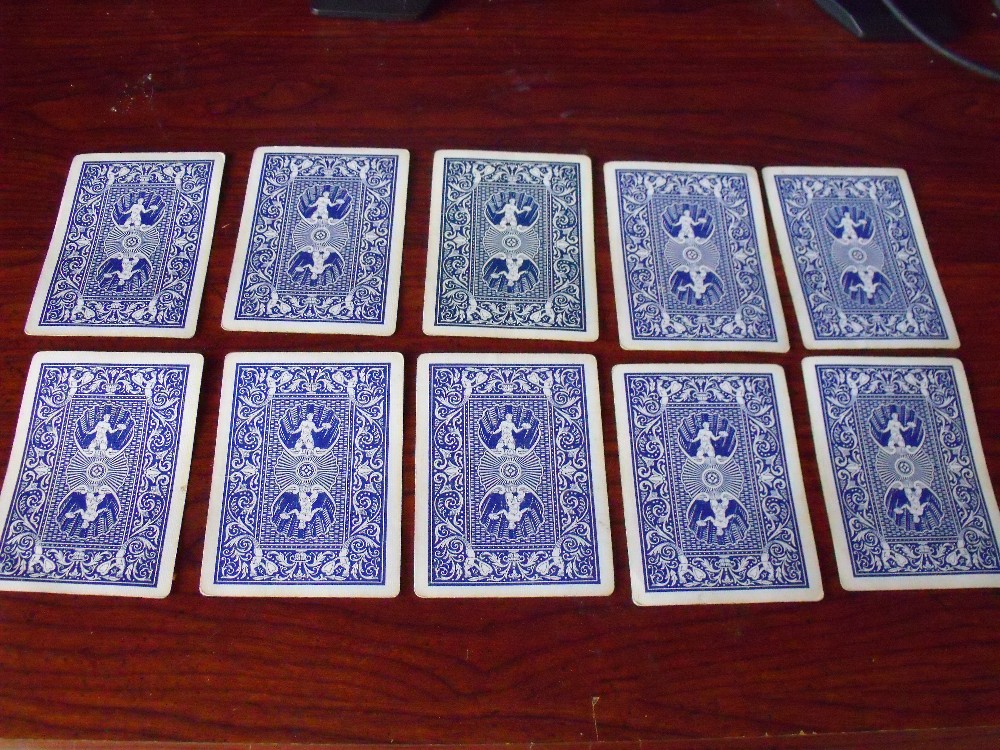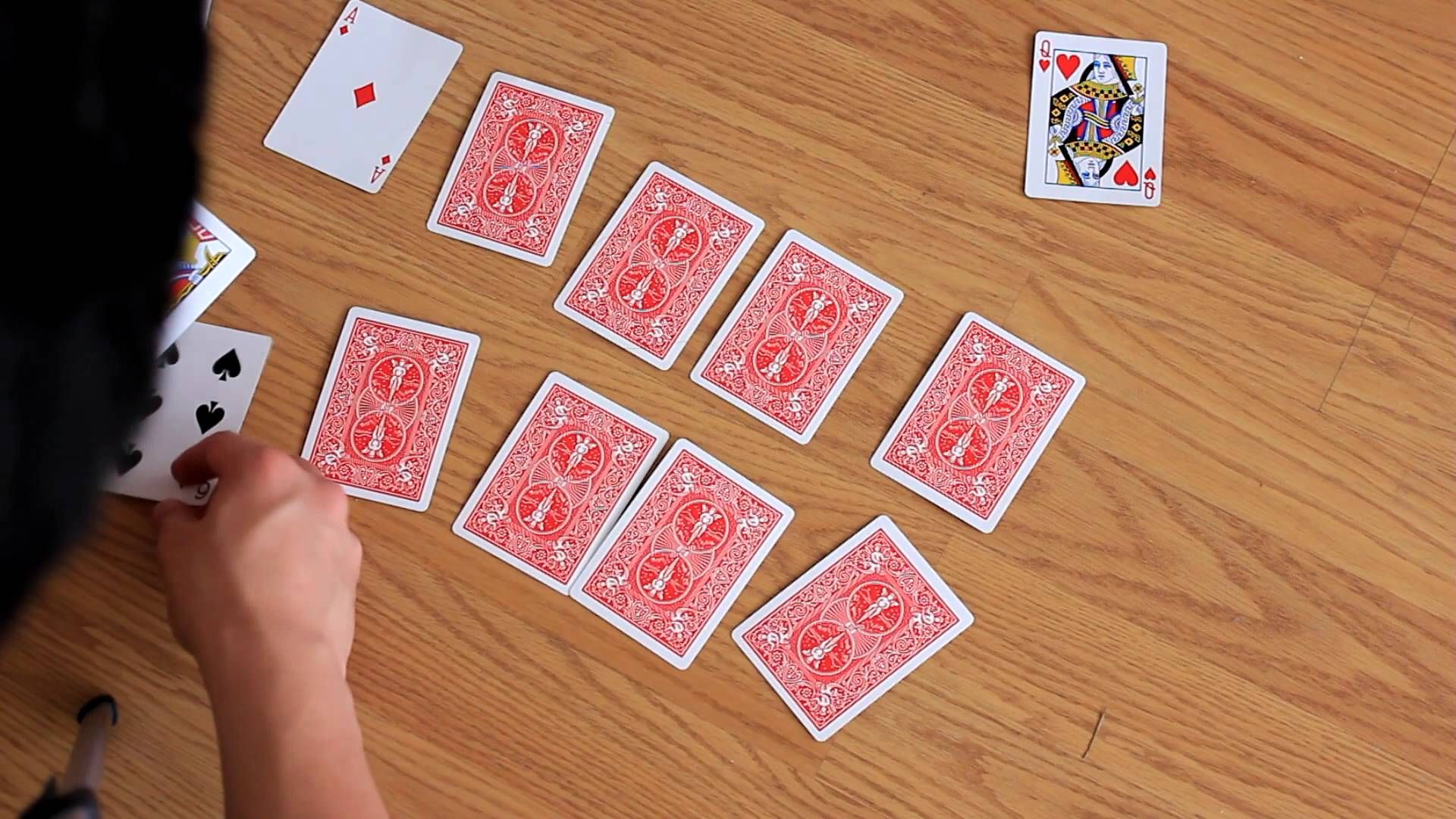Garbage - A Perfect Pre-School Card Game
Players: 2
Ages: 4 and up
Cost: Free!
Math Ideas: Counting, cardinality, comparing numbers
Questions to Ask:
What numbers do you still need?
Can this game end without a winner? How?
Last weekend, my wife and I took the older two kids up to New York City for the first time. For a couple of kids who think of downtown Birmingham as The Big City, this was quite an experience!
Specifically, we were all struck be how much walking we ended up doing. At one point, on the way to MoMA, my four-year-old daughter just had to stop. We found our way to Bryant Park and sat at a table to rest up for a few minutes.
Fortunately, I had happened to bring a deck of cards with me! I pulled them out and taught my kids a new game that I had just learned the week before called Garbage.
I think Garbage is the perfect game for these sorts of moments - you need your preschooler occupied with a game that is easy to learn and fast to play. Not only that, but the game hits that sweet spot of number recognition and counting that my daughter is at the perfect age for.
How to Play
Garbage is typically played with two players. Each player deals ten cards face down in front of them, making two rows of five. The rest of the cards are placed in the center of the table as a draw pile.
The first player draws a card, let's say a six. She counts to her sixth card, removes it and places the six face-up in its location. Then she looks at her new card and sees where she can place it.
If the first player ever draws a face card, or a number that she has already placed, her turn is over and the next player draws from the draw pile. The first person who fills in her entire set of ten cards is the winner.
If you'd like to hear a couple of kids explain the rules, but with more adorableness, check out the video below!
Where's the Math?
This game seems to be tailor-made for a pre-schooler or kindergartener who is developing their counting skills.
The two rows of cards have the same structure as a ten frame, where the top row contains the first five cards and the bottom row contains the cards from six through ten. This structure, which kids interact with constantly in early elementary school, is a great one to mimic in a game setting.
When my daughter flips over an eight, she tends to count all the way from card one to card eight, then place the card. My son, who has finished kindergarten and is much more confident with the numbers within ten, immediately jumps to the third card in the bottom row.
But I noticed my daughter did occasionally jump directly to a spot: when there were already a couple of cards flipped over, she began to use those to find her remaining numbers. So if she pulled a nine, she might find the eight and then place her new card next to it.
This sort of thinking is a huge shift for early math learners. Kids need to be able to count to nine, of course, but starting at one and counting up is rarely the most efficient strategy. Garbage gives my daughter a visual structure to help think about numbers and their relative locations to each other.
Questions to Ask
I think Garbage lends itself to a variety of great questions, depending on your child's level of confidence with the first ten numbers.
When my daughter pulls a card, I might ask her "Does that number belong on the top row or the bottom row?" She may count her way to the answer, or she might be able to tell me right away. Either way, I'll have a sense of how she is approaching the game.
To get her to count in a different way, I might ask her "Which player is winning? How do you know?" In order to answer this, she'll either need to count the flipped over cards and compare them, or count the cards who have not yet been flipped. In each case, she has to ignore the numerals on the cards and focus on their quantity.
As she gets more confident, I might ask her a more abstract question: "Which numbers do you still need?" Remember, she can't see the numbers she still needs. Instead, she'll need to use their position, and any neighboring numbers that are visible, to determine which numbers she needs to win.
For my son, who enjoys the game but has mastered the relevant math, I have a tougher question: "Is it possible for the game to end in a draw? If so, how?" In order to answer this question, my son needs to think about how the game is won, and what arrangement of cards might prevent that from ever happening.
So is it possible for the game to end in a draw? I'm not telling! Work on that question with your kids and let me know!
And if you get nothing else from my newsletter this week, just remember to throw a deck of cards in your purse or your back pocket when out and about with the family. You never know when you might need them!






